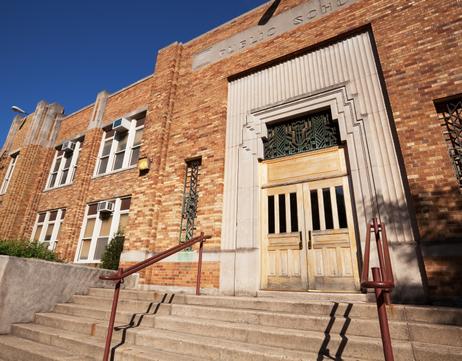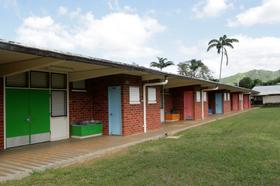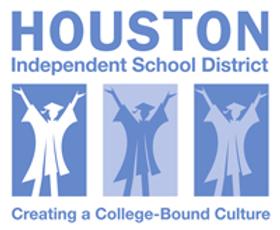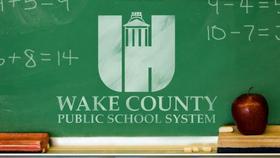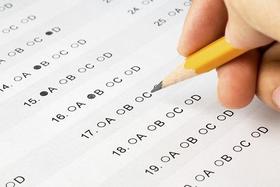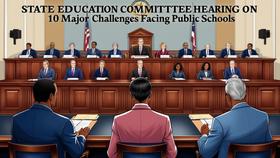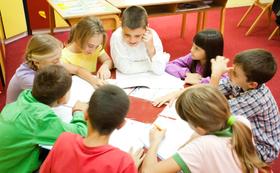Everything is bigger in Texas, including the . No state has experienced more growth in the number of K-12 students over the last decade than Texas. Although the majority of the growth is among the Hispanic student population, all ethnic groups except Caucasians experienced both numerical and percentage increases in enrollment during the 2011-2012 and 2012-2013 school years. These increases in minority enrollment and decreases in white enrollment continue a trend that dates back to the 1980s.
Enrollment Reflects Increasing Diversity
According to the Texas Education Agency, over the last decade, the state’s public school system has added over 820,000 students, which reflects a 19 percent increase in total enrollment. When viewed longitudinally, enrollment growth in Texas is even more pronounced: Since the 1987-1988 school year, enrollment has increased by a whopping 1.85 million students, representing a growth of over 57 percent.
In the 2012-2013 academic year, Texas public school students were:
- 51.3 percent Hispanic;
- 30 percent white;
- 12.7 percent African-American;
- 3.6 percent Asian, and
- 1.8 percent multi-racial.
These numbers are representative of the increasing ethnic and cultural diversity of students enrolling in Texas public schools. The Hispanic student population surpassed the 50 percent mark in 2011 and is the fastest-growing segment of Texas’ student population. Conversely, white enrollment, which has been decreasing for years, is projected to continue declining for the next several decades. In 2000, over 41 percent of Texas students were white, but that number now stands at just over 31 percent. By 2050, experts

